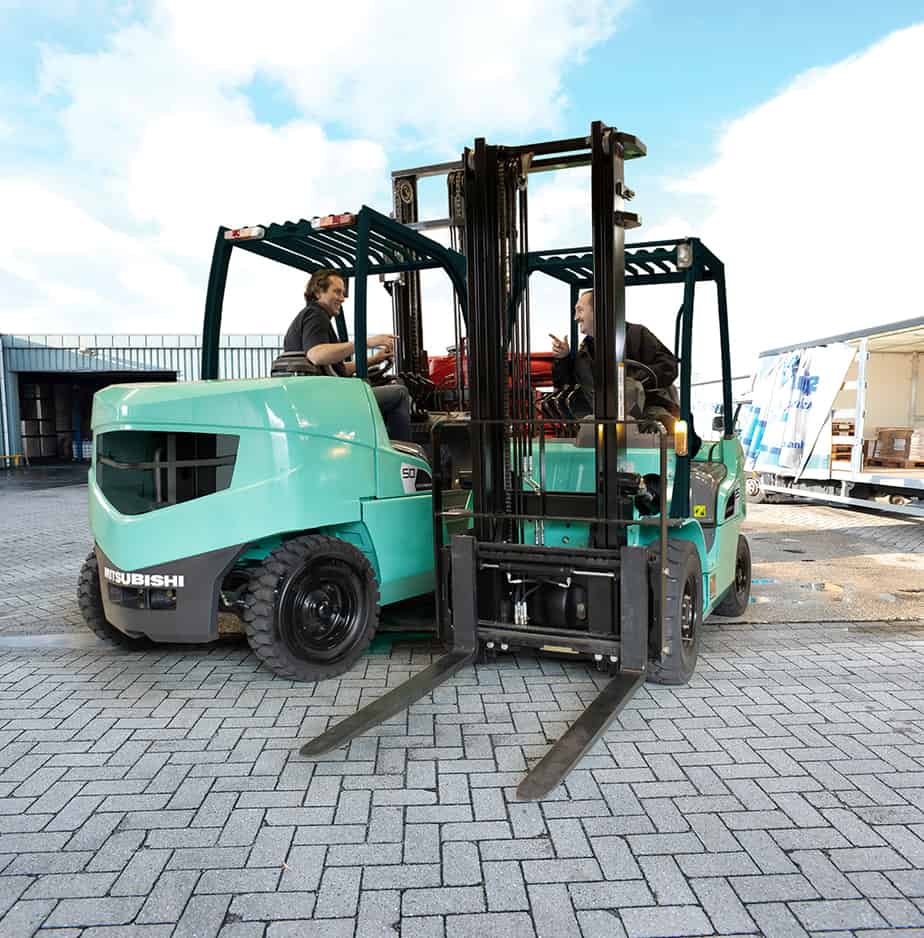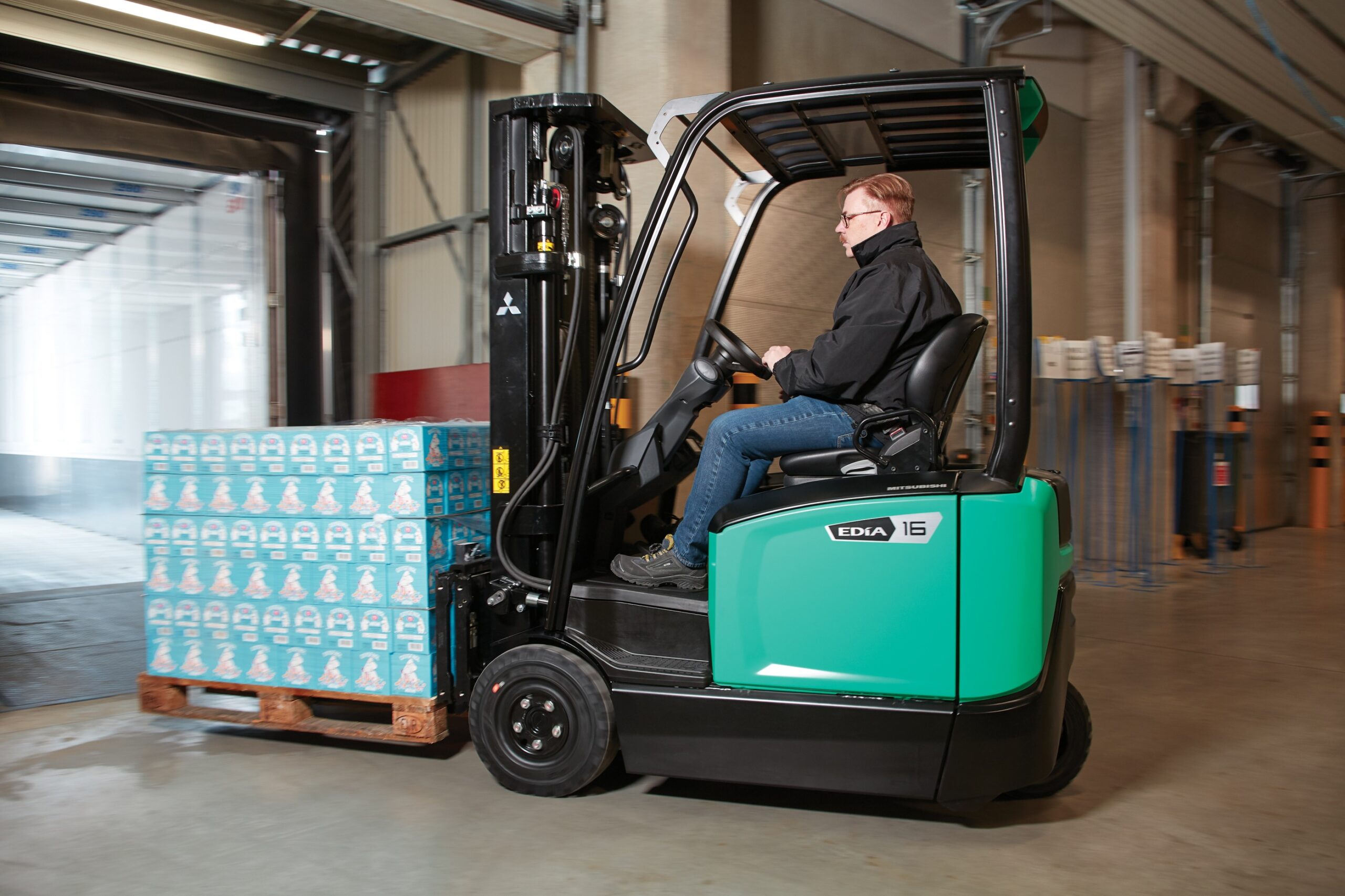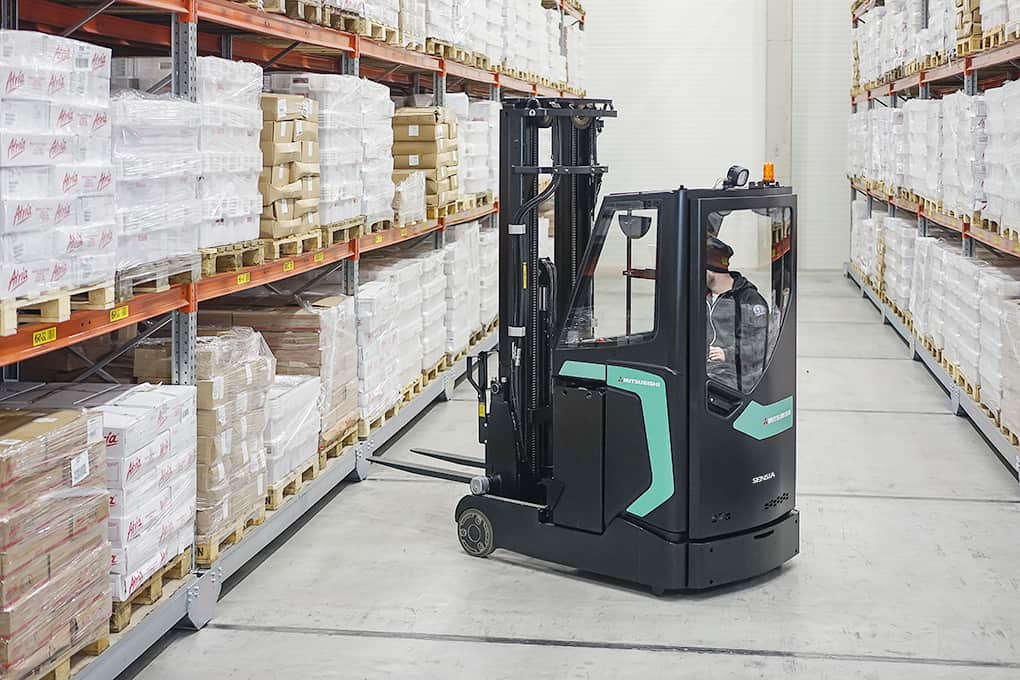Exploring 9 Key Forklift Uses
Forklifts are one of the most popular vehicles for logistics management. They make moving large loads around much easier and are key in ensuring spaces like warehouses and other stock-containing spaces operate to maximum efficiency.
The vehicles are also very recognisable, with their name coming from the two arms they usually have, which carry loads. If you are thinking about using a forklift for any reason, the following forklift uses may be useful to know about.
Warehousing Operations
If you work in an industry that requires you to work in a warehouse and move goods around, using a forklift will become an integral part of your day-to-day operations. There are different types of forklifts that are used in warehousing operations. You can use forklifts that operate at height and also ones that move loads on lower levels.
Having a forklift available for use in a warehouse means you can move inventory easily and helps you to run a warehouse safely and efficiently. If you use a forklift for warehouse operations, you need to ensure the staff who use it undergo proper training.
At Construction Sites
More robust models of forklifts are also used on construction sites, as they help to lift materials high up. Their extended reach means building materials like roofing beams, bricks, and anything needed on the second floor or above can be moved into place without the need for manual labour. In this regard, forklifts help to keep construction sites safe places to work, as they mean workers do not overextend themselves lifting heavy materials.
At Dockyards and Ports
Another key forklift use is their role in the dockyard and port operations. They help to facilitate the efficient and safe transporting of materials. Forklifts are one of the main vehicles used when loading and unloading cargo from ships. They are also used within storage areas containing items on pallets. Some forklift models also have the capacity to lift full-sized shipping containers.
Although these are specially made for industrial applications, some smaller models can move smaller items around dockyards. With these types of spaces constantly handling items for import and export, forklifts play a pivotal role in overall operational procedures.
Retail Industry
With the growing world of online shopping, the need for warehousing and logistics management is increasing. That is why the demand for forklifts has drastically increased within the retail industry.
Because they are so versatile, forklifts are used in this space for performing tasks like unloading shipments from delivery trucks, organising and restocking inventory on shelves, and moving bulk goods within the distribution centres themselves. When using a forklift for the retail industry, they will likely operate close to shelving and other people. This is why training on driving a forklift is required before you can operate one.
Recycling Operations
Recycling centres need to be able to process the materials that come into them as accurately as possible to avoid unwanted matter entering sterile environments. Although forklifts do not play much of a role in the sorting process, they are an integral tool in the initial stages of material sorting.
Forklifts can lift and move large quantities of recycled materials, which helps them to get from one area of the centre to another for sorting and further processing. Once the recycled goods have been processed and are ready for dispatch, forklifts are frequently used to load prepared pallets onto trucks that take the recycled goods to the manufacturers.
Agriculture
In the agricultural sector, there is a lot of time spent moving items around farms. Even in industrial, agricultural environments like product warehouses and seed stores, forklifts make moving inventory around so much easier. The main forklift use in agriculture involves moving large quantities of fertiliser or produce onto trucks for transportation. This can be for goods sent from a farm or delivered to a farm.
There are also special attachments one can use when operating a forklift on a farm. Attachments like clamps help to transport large bales of hay, crates of fruits, and other bulky items from point A to point B. As farms are typically rugged in their terrains, more robust models are required to ensure smooth operation.
At Manufacturing Plants
Manufacturing plants contain storage facilities that house varying parts for their manufacturing. For this reason, these storage units must be kept as organised as possible. Additionally, these parts and materials need to be transported to the correct assembly points for them to be used in the manufacturing process. Forklifts are therefore used to ensure that stock in the storerooms is kept up to date and moved around safely. Forklifts are also used to select stock from the storage shelves when a particular part is needed during manufacturing.
Logging Industry
The logging industry is another sector which provides for forklift uses. In logging, there are massive logs that need to be picked up from where they have fallen and loaded onto trucks to be taken to the end users, which are often manufacturing plants or construction companies.
The types of forklifts usually used in the logging industry are log forklifts or log stackers, which have specific attachments that allow logs to be moved in a safe and efficient manner. Some forklifts are used to lift logs into equipment like sawmills.
In the logging industry, forklifts help to reduce the need for manual labour and help to ensure the safety of the workers who work in logging environments.
Snow Ploughing
In some parts of the world, it snows so heavily that roads are blocked, making them impossible to use in extreme weather. When clearing roads, more powerful forklifts are used to clear the road of snow, allowing vehicles and pedestrians to use the roads once more.
For use as a snow plough, there are several attachments one can use, which will make removing snow a lot easier. Some forklifts allow you to attach a snow plough blade onto the front of the forklift, which makes it a lot easier to cut through snow and move it out of the way.









